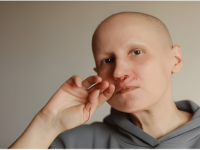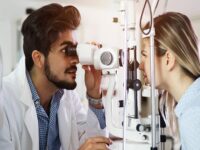Are You Interested in DNA Sibling Test to Find Your Brother or Sister Relationship?

To ascertain whether two or more persons share any of their parents, sibling DNA testing is carried out. When the potential father is unable to submit to a paternity test, these tests are often utilized as an indirect technique to establish family ties.
A Sibling DNA test usually is used less frequently conducted to identify if two people are having the same mother. Because close matches are shown as part of the testing, ancestry testing typically prompts people to seek sibling and/or paternity DNA tests.
PaternityUSA sibling DNA test frequently occurs when a potential father has passed away, declined, been imprisoned, or is otherwise unable to submit to a paternity test. The test results of the Sibling DNA test are frequently provided by mothers to collect Social Security survivors may benefit their kids in a legal environment.
In such situations, the biological father at least of one child is unquestionable, while the mother must establish paternity for the second child.
DNA testing for siblings is commonly conducted to show a biological kinship in support of U.S. immigration petitions. A sibling test may also be conducted in exceptional circumstances, such as when a kid was given actually up for adoption, to determine whether another person (perhaps discovered years later) shares the same biological mother.
Sibling DNA test types
1. Full siblings versus unrelated
To analyse two people’s DNA and determine whether they are more likely to share the same biological father and mother or to be completely unrelated.
2. Full siblings versus half-siblings:
The likelihood that two people with the same mother also have the same biological father is calculated by comparing their DNA. It is advised to test the biological mother’s samples as well.
The test’s accuracy can be substantially improved by determining with greater precision which genes the two youngsters inherited from their actual biological father..
3. Half siblings versus unrelated
The possibility that two people with different biological moms share the same biological father is calculated by comparing their DNA. It would be best to examine samples from their both biological mothers.
This can considerably increase the test’s accuracy by revealing precisely which genes the two youngsters acquired from their real biological fathers.
Are these sibling DNA tests decisive?
It is crucial to realize that any DNA testing with siblings does not always yield a clear result, unlike a typical paternity test, which tests samples from both the child and the claimed father.
This is due, in part, to the fact that the inheritance pattern the level of genetic marker sharing between siblings differs from that between any parent and kid. The level of assurance that can be obtained in a sibling DNA test relies on who is now available for testing and also the particular sort of sibling relationship being tested.
Generally speaking, the likelihood that the test s going to be conclusive increases with the amount of genetic data available. As detailed under family reconstruction DNA tests, it may be useful in some circumstances to test other uncontested close relatives of the putative parent (e.g. a father, mother, brother, or sister) or to test other uncontested siblings.






